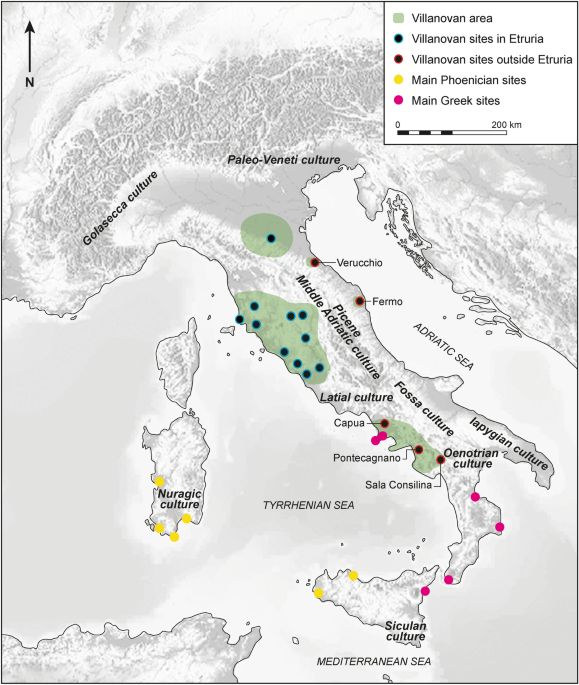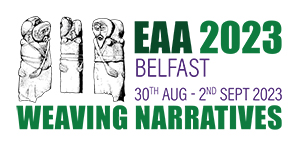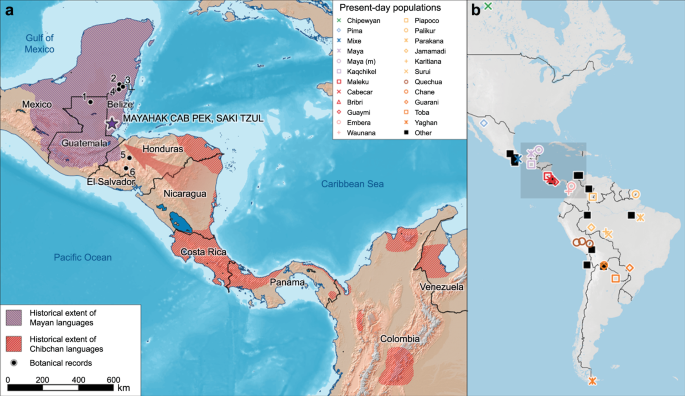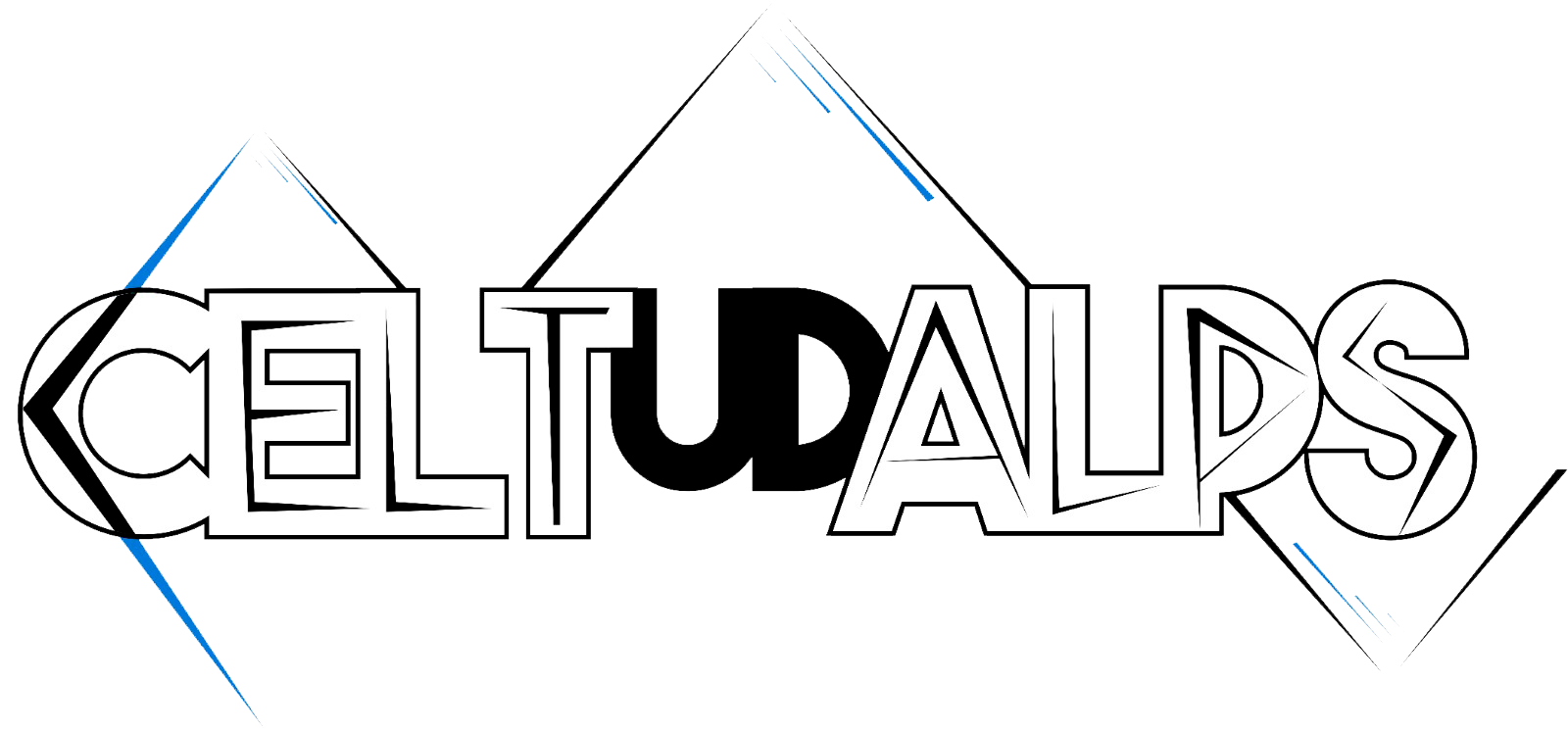NEWS
All
Around the world
Celtudalps crew
Celtudalps crew
Virtual methods reveal unique features of the early Neanderthal cranium from Altamura (Italy)
Around the world
Virtual methods reveal unique features of the early Neanderthal cranium from Altamura (Italy)

Virtual excavation and analysis of the early Neanderthal cranium from Altamura (Italy) – Communications Biology
3D reconstruction of a human cranium held within a deep cave in Italy is achieved with advanced virtual anthropology techniques; its features indicate that geographic isolation contributed to variation and evolution along the Neanderthal lineage.
Ancient DNA highlights genetic connections between different human groups in Western Europe before and after the Last Glacial Maximum
Around the world
Ancient DNA highlights genetic connections between different human groups in Western Europe before and after the Last Glacial Maximum

A 23,000-year-old southern Iberian individual links human groups that lived in Western Europe before and after the Last Glacial Maximum – Nature Ecology & Evolution
The authors sequence genome-wide data from multiple human individuals in southern Spain and find long-lasting genetic continuity. Here, in contrast to regions elsewhere in Europe, a 23,000-year-old individual from Malalmuerzo carries genetic ancestry that connects earlier Aurignacian-associated indi…
Paleoproteomic and lipid residue analysis provide insights on dairy farming during the Late Neolithic in Poland
Around the world
Paleoproteomic and lipid residue analysis provide insights on dairy farming during the Late Neolithic in Poland
Detection of dairy products from multiple taxa in Late Neolithic pottery from Poland: an integrated biomolecular approach | Royal Society Open Science
The detection of dairy processing is pivotal to our understanding of ancient subsistence
strategies. This culinary process is linked to key arguments surrounding the evolution
of lactase persistence in prehistory. Despite extensive evidence indicating the…
strategies. This culinary process is linked to key arguments surrounding the evolution
of lactase persistence in prehistory. Despite extensive evidence indicating the…
Intense community dynamics in the pre-Roman frontier site of Fermo (ninth–fifth century BCE, Marche, Central Italy) inferred from isotopic data
Around the world
Intense community dynamics in the pre-Roman frontier site of Fermo (ninth–fifth century BCE, Marche, Central Italy) inferred from isotopic data

Intense community dynamics in the pre-Roman frontier site of Fermo (ninth–fifth century BCE, Marche, central Italy) inferred from isotopic data – Scientific Reports
Scientific Reports – Intense community dynamics in the pre-Roman frontier site of Fermo (ninth–fifth century BCE, Marche, central Italy) inferred from isotopic data
New article on isotopic investigation of mobility during the Bronze Age in East-Central Europe
Around the world
New article on isotopic investigation of mobility during the Bronze Age in East-Central Europe
Assessing the mobility of Bronze Age societies in East-Central Europe. A strontium and oxygen isotope perspective on two archaeological sites
European Bronze Age societies are generally characterised by increased mobility and the application of isotopic methods to archaeology has allowed the rate and range of human travels to be quantified. However, little is known about the mobility of the people inhabiting East-Central Europe in the lat…
Session on Iron Age at the EAA Annual Meeting 2023
Celtudalps Crew
Session on Iron Age at the EAA Annual Meeting 2023
Marco Milella, Albert Zink, Zita Laffranchi, Stefania Zingale (CELTUDALPS project) and Ian Armit (COMMIOS project) will coordinate a session on “Iron Age Biocultural Dynamics in Continental Europe and Britain: Patterns and Processes from a Multidisciplinary Perspective“…

EAA2023 Home
The 28th Annual meeting, our first fully hybrid conference is still running. Yet, while everything is still on the move in Budapest, your staff, your Executive Board and the organisers of the upcoming 29th Annual meeting have been busy preparing the next feast of European archaeology: in Belfast, be…
New study reveals the influx of south-to-north migration on the origin of ancient Maya people and the spread of maize horticulture.
Around the world
New study reveals the influx of south-to-north migration on the origin of ancient Maya people and the spread of maize horticulture.

South-to-north migration preceded the advent of intensive farming in the Maya region – Nature Communications
The genetic prehistory of central America has not been well explored. Here, the authors find evidence from ancient DNA from twenty individuals who lived in Belize 9,600 to 3,700 years ago of a migration from the south that coincided with the first evidence for forest clearing and the spread of maize…
A new paleoclimatic study reveals that the abandonment of Norse settlements in southern Greenland (15th century AD) was mostly linked to the increasingly dry conditions of the area instead of an abrupt temperature change.
Around the world
A new paleoclimatic study reveals that the abandonment of Norse settlements in southern Greenland (15th century AD) was mostly linked to the increasingly dry conditions of the area instead of an abrupt temperature change.
New genomic data about the Gauls population from France reveal an absence of discontinuity between Bronze Age and Iron Age groups in France, and support a cultural and progressive transition rather than a massive influx of external groups.
Around the world
New genomic data about the Gauls population from France reveal an absence of discontinuity between Bronze Age and Iron Age groups in France, and support a cultural and progressive transition rather than a massive influx of external groups.
New contribution discussing the scientific value and the ethical issues related to the Documented Human Osteological Collections of the University of Bologna and the proposal of new directions in this type of scientific studies.
Celtudalps crew
New contribution discussing the scientific value and the ethical issues related to the Documented Human Osteological Collections of the University of Bologna and the proposal of new directions in this type of scientific studies.

Scientific and Ethical Aspects of Identified Skeletal Series: The Case of the Documented Human Osteological Collections of the University of Bologna (Northern Italy)
Osteological collections are an essential source of information on human biological and cultural variability, providing insights about developmental, evolutionary, and biocultural processes. Among osteological series, documented human osteological collections (DHOC) are especially useful due to the…
New insights about the social meaning of the use of pigments funerary practices in the Neolithic community of Çatalhöyük (Turkey).
Celtudalps crew
New insights about the social meaning of the use of pigments funerary practices in the Neolithic community of Çatalhöyük (Turkey).
New isotopic results confirm the socioeconomic variability of steppe populations and provide new data about the economic importance of millet in Southern Siberia during the early centuries CE.
Celtudalps crew
New isotopic results confirm the socioeconomic variability of steppe populations and provide new data about the economic importance of millet in Southern Siberia during the early centuries CE.

Dining in Tuva: Social correlates of diet and mobility in Southern Siberia during the 2nd–4th centuries CE
Objectives
Contemporary archeological theory emphasizes the economic and social complexity of Eurasian steppe populations. As a result, old notions of “nomadic” cultures as homogenously mobile and e…
Contemporary archeological theory emphasizes the economic and social complexity of Eurasian steppe populations. As a result, old notions of “nomadic” cultures as homogenously mobile and e…





